 |
How the class fared: histograms and
statistics of homework, exam, and total scores, and the final letter
grades. (12/10/2009) |
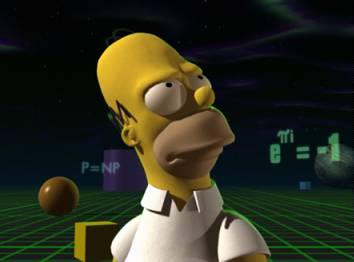 |
Exam #3:
take it during any 75-minute block between 11 AM and 7 PM EST today.
Avoid delays and slow response by avoiding
the normal class time, 2-3:15 PM. Click on Homer, at left, to get started. (12/10/2009) |
 |
Exam #3 is this Thursday, 12/10/2009. Prepare for
it by taking Practice
Exam #3. Click on Prof. Hawking (at left) to get going. (12/07/2009) |
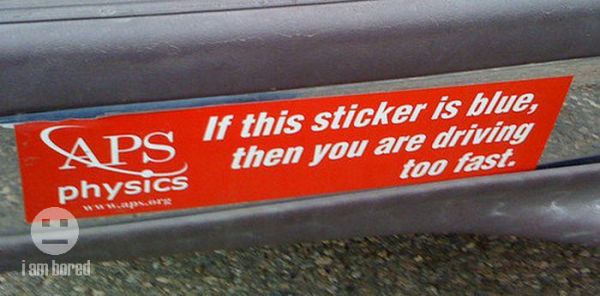 |
New official American Physical Society bumper
sticker. (12/09/2009; contributed by Sarah Karron) |
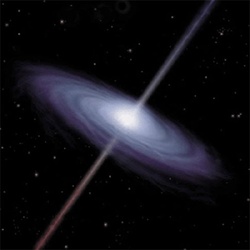 |
The first generation of stars to be formed
after the Big Bang were much more massive than today's stars, and
gave rise to correspondingly huge black holes. (11/25/2009) |
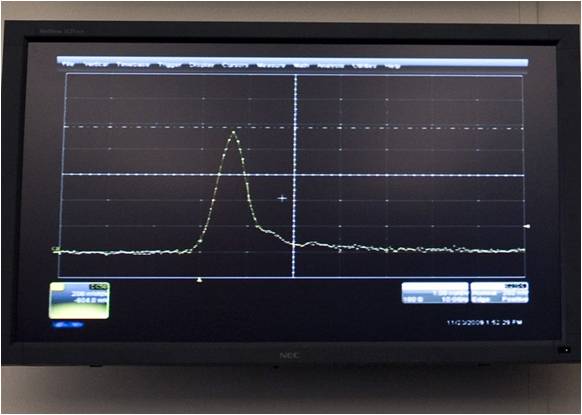 |
The LHC conducted its first collisions, and,
as predicted in Homework 5, no black holes were made and the planet
survived. So it looks like you're going to have to finish Homework 6
after all. (11/23/2009) |
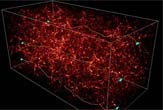 |
The continuing search for extrasolar planets
is so scientifically compelling that even those who work on dark
energy would like to piggyback on the search. (11/19/2009) |
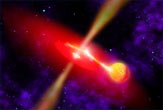 |
Its X rays flicker 100 times more slowly that
stellar-mass black holes and 100 times faster than the Galactic
Center BH: finally, a 10000 solar-mass black hole? (11/10/2009), |
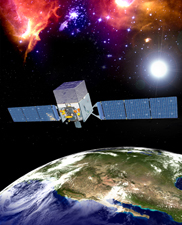 |
Is the new NASA Fermi gamma-ray observatory
detecting dark matter in the center of the Milky Way? (11/10/2009) |
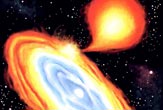 |
It's like a Type Ia supernova, except in a
white dwarf accreting material from another white dwarf instead of a
normal star. (11/5/2009) |
 |
Exam #2:
take it during any 75-minute block between 11 AM and 7PM EST today.
Click on Mariah, at left, to get started. (11/05/2009) |
 |
Exam #2 is this Thursday, 11/5/2009. Prepare for
it by taking Practice
Exam #2. Click on Mariah (at left) to get going. (11/1/2009) |
 |
Offer extended! PLEASE give your
feedback in the on-line TA/TI Evaluation.
(10/29/2009) |
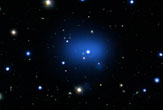 |
New distance record for galaxy clusters:it's
10.2 billion light years away, and was already a full-fleged rich
cluster when the Universe was only a quarter of its present age.
(10/23/2009) |
 |
Please give our TAs feedback about the
recitations by filling out the Physics and Astronomy TA/TI Survey.
(10/15/2009) |
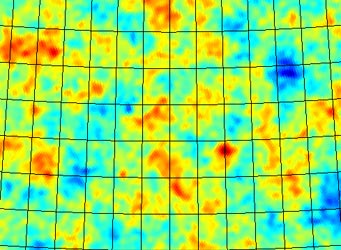 |
The newest cosmic-background satellite
observatory, ESA's Planck, is working and has released its
first batch of data. (10/2/2009) |
 |
Midterm Exam #1 takes place today from
noon to 6PM. Click on Einstein, at left, to read the exam
instructions and take the test. (10/1/2009) |
 |
Midterm Exam #1 takes place on Thursday, 1
October 2009. Prepare yourself by taking Practice Exam #1. (9/26/2009) |
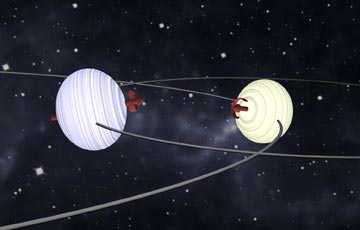 |
A mysterious result of long standing turns
into a nice experimental validation of general relativity in the
weak-field limit. (9/16/2009) |
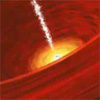 |
New to AST 102? Send Dan email so he
knows to add you to WeBWorK now, instead of waiting until you appear
on the registrar's roster. (9/10/2009) |
 |
New to WeBWorK? Log in with your UR
email username (the bit before @u.rochester.edu), and with your
student ID as your initial password, unless Dan has told you
otherwise. (9/10/2009) |
 |
In case you're still looking for a few more
credits: 2009's most popular courses. (9/5/2009) |
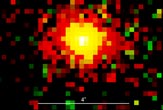 |
New distance record among the galaxies
observed to have supermassive black holes at their centers.
(9/4/2009) |
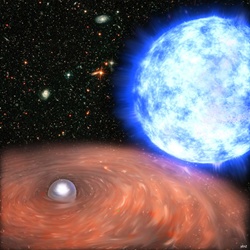 |
The XMM-Newton X-ray observatory has
found a white dwarf star on the verge of exceeding the maximum white
dwarf mass, which will lead to its explosion as a Type Ia supernova.
(9/3/2009) |
|
|
LIGO has yet to detect its first gravity
wave, but it would have detected the large waves predicted by some
Big Bang scenarios, which can therefore be safely ignored
henceforth. (8/19/2009) |
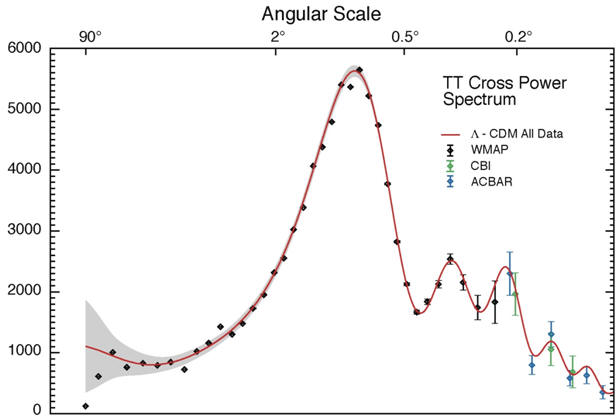 |
This alternative to dark energy probably
won't work, though the degree to which it irritates the dark-energy
Establishment is interesting. (8/17/2009) |